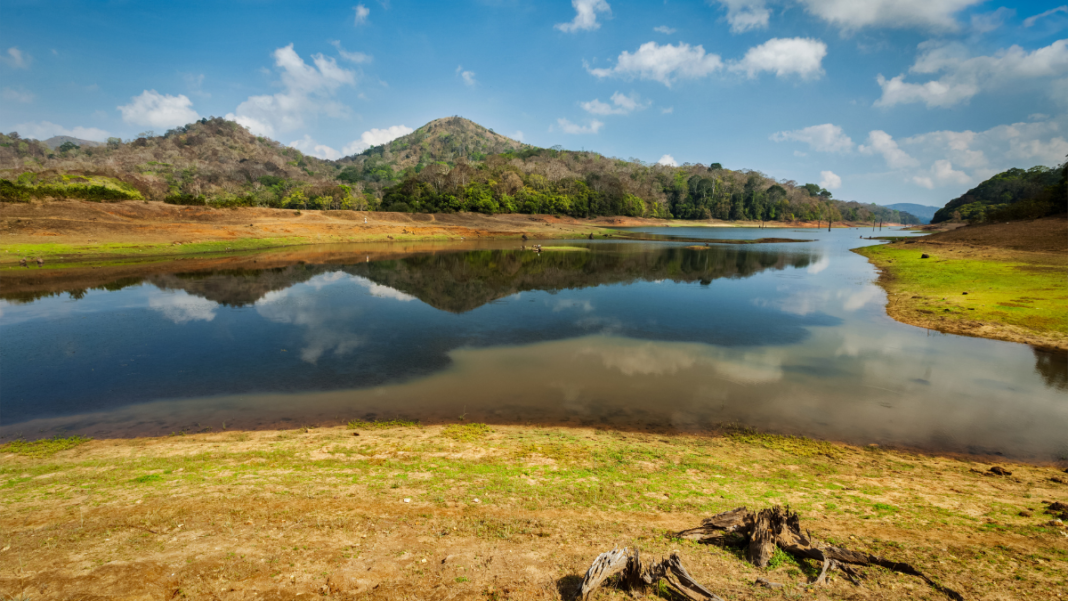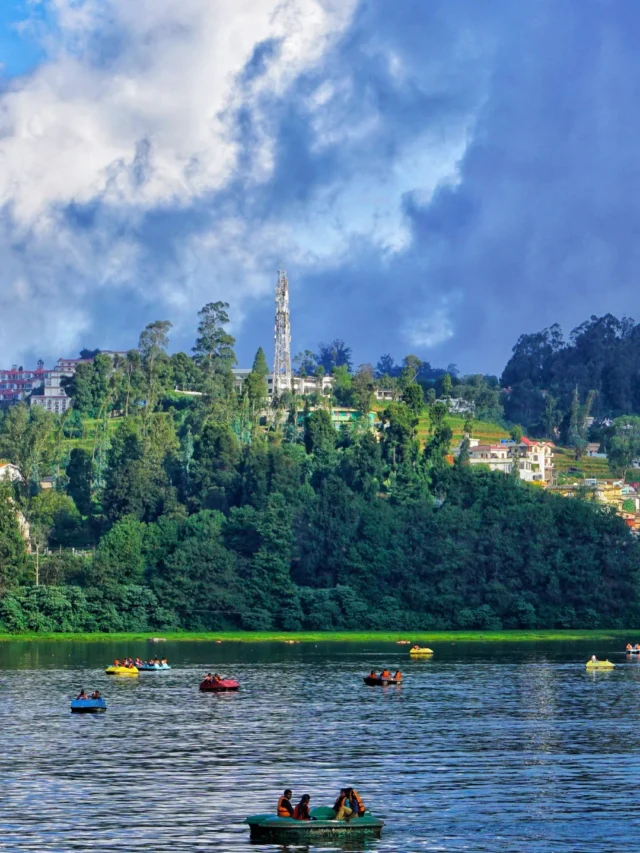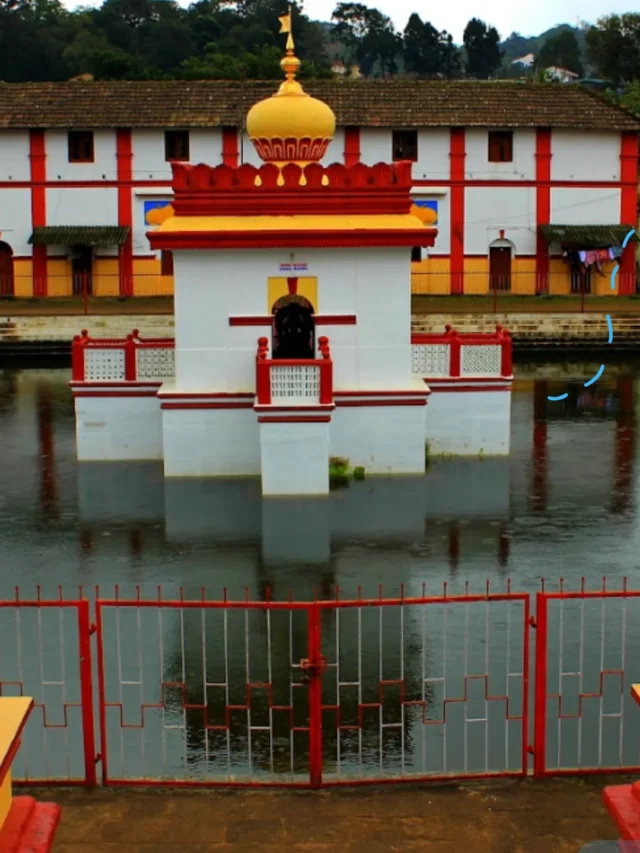Do you wish to take some time out of your hectic life and spend a few days amongst nature and dense forests? The Kalatop Wildlife Sanctuary is your best option for doing that! This open sanctuary is a great place to relax and unwind on a long weekend as you explore nature trails along the forest and see beautiful animals and birds. This Himalayan sanctuary deserves a visit by everyone due to its beauty. Let’s dive deep into the details of this beautiful sanctuary nestled in the quaint town of Dalhousie in Himachal Pradesh’s Chamba district.
Kalatop Wildlife Sanctuary: Revel in the Rich History of Nature’s Most Pristine Forest
The Chamba monarchs used the Kalatop region as their famous hunting and sports grounds during the British colonial era. Even though the area was formally declared a natural reserve in the early 1960s, it was in the 1970s that serious attempts to protect and maintain its pristine nature gained traction and the area was formally declared the Kalatop Wildlife Sanctuary. The sanctuary, which is located in Himachal Pradesh close to Dalhousie, provides evidence of both conservation efforts and historical linkages. Notably, the sanctuary is designed according to the open forest sanctuary paradigm, which does not include fences and permits wildlife to travel freely across the region. This strategy emphasises a dedication to preserving a healthy, natural ecosystem, which is essential for the preservation of biodiversity and long-term cohabitation.
Flora and Fauna of Kalatop Wildlife Sanctuary
The Kalatop Wildlife Sanctuary is an open forest that has a village inside it as well! It is “open” to animals that live inside and roam around freely within its boundaries and outside as well. If you wish for some animal sightings, it can be quite a task to find them as the sanctuary is not a typical zoo but acts as a home to the animals, especially bears, and animals here might not be visible at all times of the day.
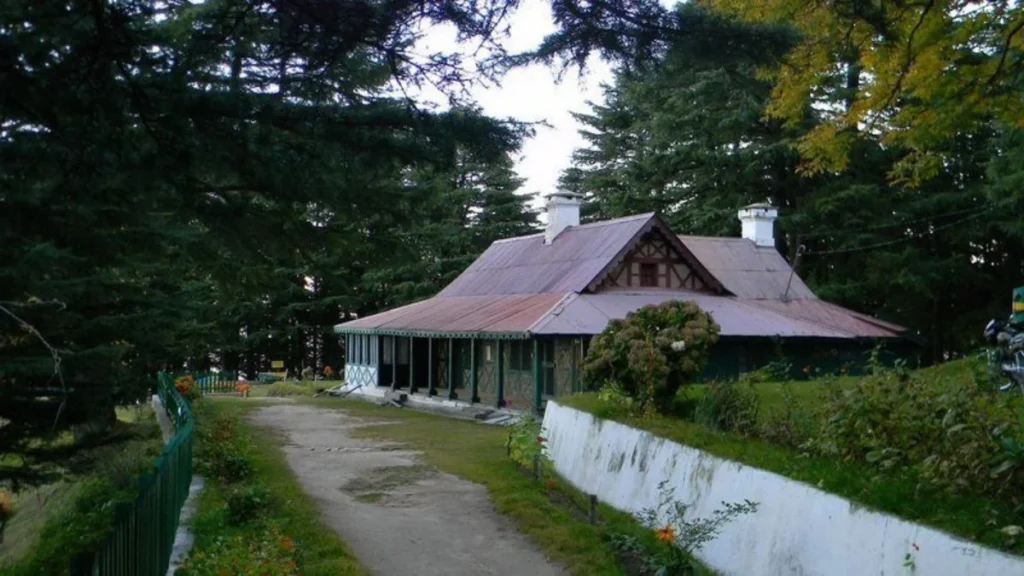
The sanctuary, which is dominated by fir and deodar forests, is home to a diverse array of plants, including native oak trees and vivid rhododendrons that burst into a blaze of colour throughout the blossom season. The sanctuary’s refusal to use cages is clear evidence of its dedication to a more open and natural approach to conservation. The wildlife, which includes barking deer, Himalayan black bears, and Himalayan serows, may easily enter and exit the refuge thanks to this special feature. The peaceful cohabitation of different species highlights the sanctuary’s significance as a role model for environmentally sound animal protection methods.
Beyond its varied wildlife, Kalatop Nature Reserve is a birdwatcher’s dream come true. The sanctuary provides an enthralling experience for birdwatchers, with species like the Himalayan Black Bulbul, Black Headed Jay, Chestnut-crowned Warbler, and Eurasian Jay adorning its sky. The verdant oasis invites visitors to observe the delicate balance between ecological preservation and human history in this enchanting sanctuary while also serving as a testament to the historical ties between the Chamba rulers and the British colonial era.
Things to Do in Kalatop Wildlife Sanctuary
This huge forest spanning 30 square kilometres at a height of 8000 metres is home to many animals and birds and offers its visitors many different ways to explore it. The activities list here is quite long.
Trekking in the Forests
The forest here is laden with deodar (the Himalayan Cedar trees) and fir trees. The tall trees are marvellous to look at and admirable. The entrance to the sanctuary in itself is a 3-kilometre trek that you embark on and witness the mesmerising beauty of the sky-touching trees. Although you can drive to the sanctuary, the walk is the most preferred due to the replenishing time you get to spend within nature.
Inside the sanctuary, you will find a 12-kilometre trek that goes up to Khajjiar that you can also take on. The trail starts from right next to the forest department inside. There are many other small trekking trails around Kalatop for you to explore.
Exploring the Kalatop Wildlife Sanctuary
The sanctuary has more than just treks and long walks. It is a huge expanse of lush greenery that you can explore. As you enter the eco-park, you will notice benches within the jungle that you can sit on and relax or explore around them. There is also a village inside the nature reserve where locals live. You can interact with the locals and witness their daily routine as they help their cattle graze. You can also interact with the forest officials to get to know more about this amazing home of wild animals. The crisp mountain air and the clouds flying over your head are nature’s marvel. You can have a picnic here in nature!
There is a 200-year-old deodar tree here that you should not miss out on!
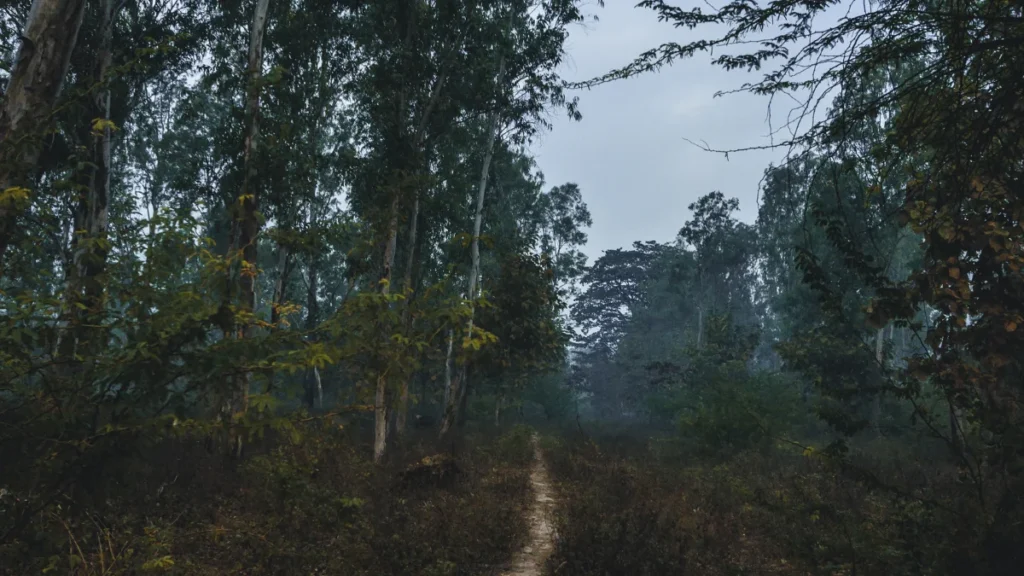
Staying at Kalatop Wildlife Sanctuary
The nature reserve is dotted with lodgings that you can choose for a night stay. The main lodge here belongs to the forest department, which you can pre-book from their website. The department has created many lodging options for you to stay inside the park, and as you go deeper within the area, you’ll find many more accommodation options. There are several homestays here as well that you can book for a night stay.
The area with the most lodgings also has a few restaurants where you can have food and relish a cup of tea in the cold weather surrounded by the forest. Even if you’re not keen on staying here, you can have some food at the restaurants as you explore this beautiful region.
Birdwatching in Kalatop Wildlife Sanctuary
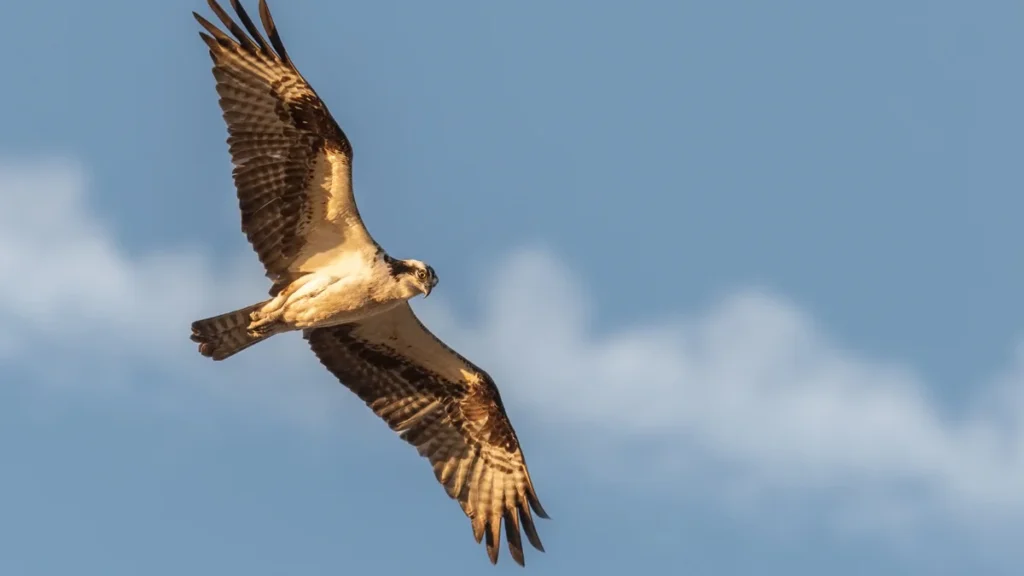
If you love watching birds and identifying them, Kalatop Wildlife Park is the place for you. For those who love the outdoors, birdwatching at Kalatop Conservation Area is a sensory experience. The sanctuary provides a varied refuge for birds. Follow designated paths through woods of fir and deodar to see the colourful Black-Headed Jay, Eurasian Jay, and Chestnut-crowned Warbler. The idea of an open forest provides unobstructed vistas, which heightens the excitement of finding the elusive Himalayan Black Bulbul or seeing migrating species in specific seasons. Birdwatchers may immerse themselves in the captivating symphony of nature at the sanctuary thanks to its serene atmosphere and stunning views, making for an incredible experience in the heart of the Himalayas.
Photography

The Kalatop Wildlife Sanctuary is a photographer’s dream come true for capturing the majesty of the Himalayan mountains, as well as for birdwatchers. There are several options for breathtaking photos due to the variety of bird species and wandering wildlife, which includes the barking deer, serow, and Himalayan black bear. The sanctuary’s gorgeous scenery and open woodland layout make it the perfect place for photographers of all skill levels to capture the spirit of the natural world, whether they are novices with a smartphone or seasoned pros with professional equipment. A weekend getaway to this tranquil haven provides guests with immersive experiences and plenty of time to compose the ideal photos, making sure that each photograph narrates a tale of the rich biodiversity of the sanctuary and the coexistence of its people with their natural surroundings.
Camping at Kalatop Wildlife Sanctuary
Camping is available at Kalatop Eco Park for those who want to have a deeper connection with nature, which ups the adventure factor of your trip. There are plenty of places for campers to set up their tents and enjoy the peaceful nighttime environment at the sanctuary. Camping is made even more enjoyable by the choice of a campfire under the stars, which produces life-long memories deep in the Himalayas. Furthermore, a lot of campgrounds have exhilarating adventure activities like ziplining, which will add a heart-pounding element to your visit. Camping at Kalatop transforms into a comprehensive and all-encompassing experience as you awaken to the sound of birdsong and falling leaves.
Souvenir Shopping
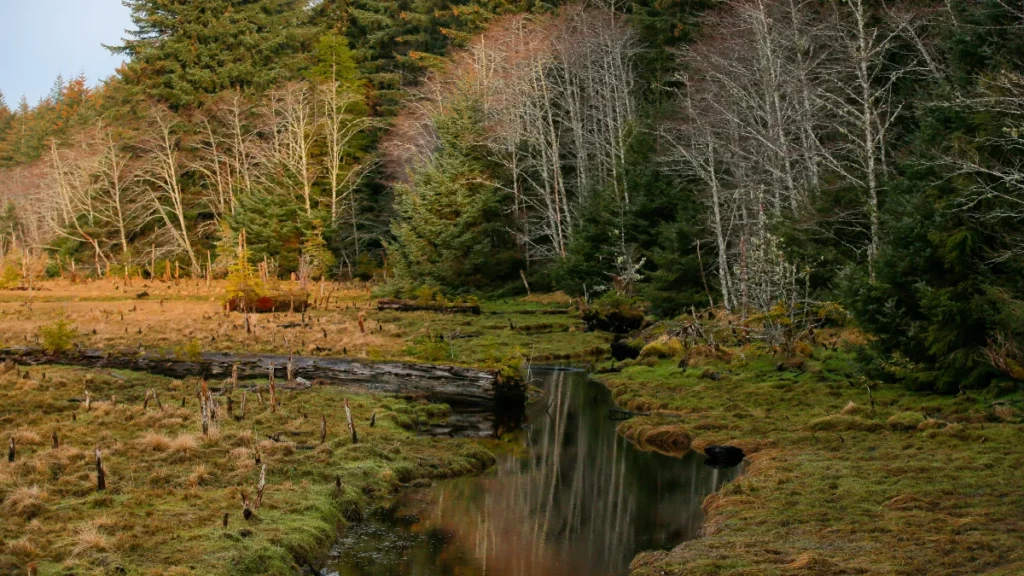
A little gift shop at the entrance to the Kalatop Wildlife Sanctuary invites guests to bring a bit of Himachal Pradesh’s rich cultural legacy home. This charming boutique offers a lovely shopping experience and is a veritable treasure trove of authentic Himachali items. The famous Chamba handcrafted pickles, which highlight the area’s culinary prowess, are among the offerings. A selection of beautifully woven shawls, handcrafted hats from the region, and jars of organic honey are also available for visitors to browse through; each piece exudes the genuineness of Himachali artistry. This lovely shopping experience provides a concrete reminder of the distinct charm and flavours found inside the sanctuary’s natural embrace while also allowing tourists to support local artisans.
Tips for Visiting the Kalatop Wildlife Sanctuary
· Avoid going in the evenings as it gets dark and wild animals are active during that time.
· It is recommended that you stay there for at least one night to spot wild animals.
· If you encounter a bear, take safety precautions – do not run and try lighting a fire or firecrackers to keep bears at bay.
· Read the safety instructions carefully that you will find at the entrance, and try to click its picture to keep it handy.
· Always travel in groups and never go solo, as it can be dangerous.
· If you are going solo, avoid taking the Khajjiar trek as it has many wild animals, and you can get injured in a surprise attack.
· Hire a guide for the most fulfilling exploration of the jungles.
· If you are comfortable with walking, that is your best option for entering the Kalatop Nature Preserve. It will save you the hassle of car permits, and the roads are also narrow and steep for one to drive on, especially for low-floored cars.
· In winter, the sanctuary turns into a snow haven. You can engage in a snow trek if you come here in winter.
Kalatop Wildlife Sanctuary Safari Booking
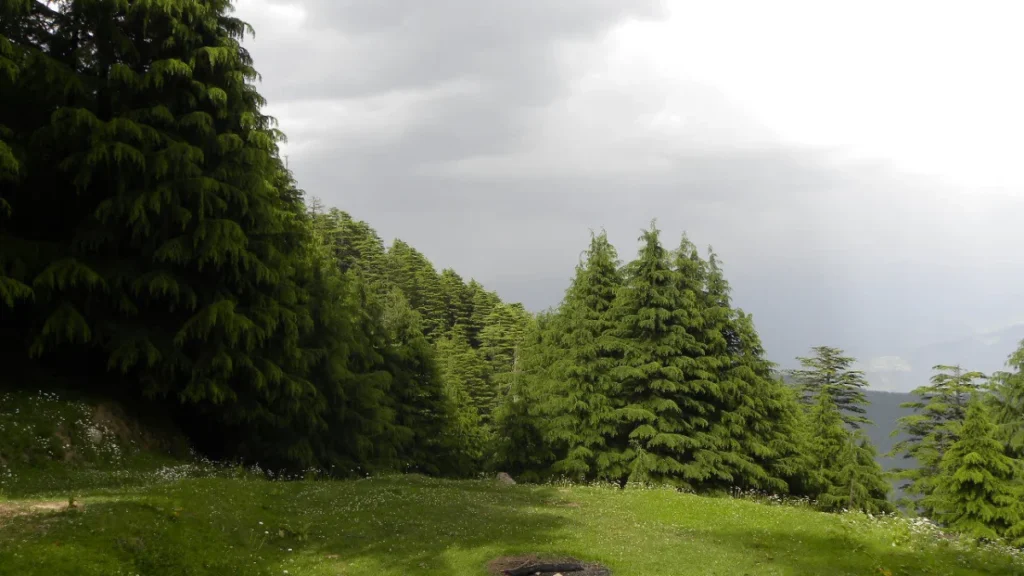
At Kalatop Wildlife Sanctuary, go on an exhilarating jungle safari that begins the moment you make your reservation. With offline bookings, the sanctuary invites visitors to immerse themselves in the lush surroundings of its abundant wildlife, offering a unique combination of discovery and tradition. To make your trip even more enjoyable, you may engage knowledgeable local guides to help you tour the sanctuary’s expansive grounds and get insightful knowledge about the plants and creatures that call this beautiful area home. Your safari becomes an immersive and instructive experience with the help of experienced guides, making sure you don’t miss the intriguing stories and hidden jewels that are revealed inside the wild beauty of the sanctuary.
Kalatop Wildlife Sanctuary Entry Fee
There are no entry fees for entering the Kalatop Wildlife Sanctuary, but if you’re going in by car, you will have to get a permit from the forest department available at the entry point of the park for Rs. 250. If you choose to trek those 3-kilometres, the entry is free.
Kalatop Wildlife Sanctuary Timings
The Kalatop Wildlife Sanctuary is open to visitors from 09.00 A.M. to 05.00 P.M. on all days. You can also stay inside if you want to spend more time here.
Conclusion
What are you waiting for? Nature is calling you at the Kalatop Wildlife Sanctuary! Answer the call and explore Chamba’s best-kept secret!


